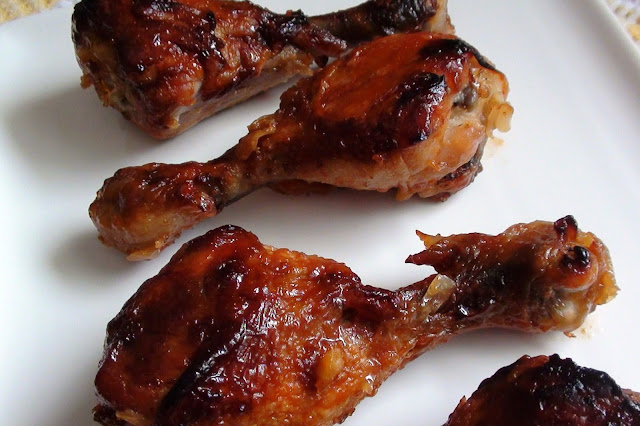Back in the days when my dad was an altar boy. Apa ran an errand for the local bishop on Good Friday. The bishop was just about to have his böjti ebéd [fasting dinner] when my dad arrived, so the bishop asked my dad to dinner. Apa was ushered into a formal dining room where a rich spread lay with a huge fish swimming in butter sauce. My dad took one look at the meal, thanked the bishop and made his excuse he didn’t want to get into trouble with his mother; they were fasting on bread and water until Saturday night. “God will bless you my son” said the bishop and sat down to eat his meal.
Adopted from pagan religions, fasting and monasticism is not an original Judeo-Christian concept. When I was younger I used to have an intellectual struggle with fasting particularly on Ash Wednesday and Good Friday. An all out fasting or fasting from certain foods without a health reason, in my opinion, makes a mockery out of people who have to go hungry all of the time. “I desired mercy, and not sacrifice” [Hosea 6:6] had a poignant message for me. Why starve if you don’t have to? Will it make you a better person or nicer to be around? Instead why not give and share and forgive? And anyway it makes no sense reserving good deeds for Lent alone; one should be giving and be merciful all the time. ~~~~Let us turn to fish.
BAKED SALMON
1.25 kg whole wild spring salmon, gutted and head cut off
salt and pepper to taste
1 lemon, thinly sliced
few sprigs of dill
1/4 cup dry white wine
aluminum foil
cooking spray
For Garnish:
1 lemon, sliced
sprigs of fresh herbs: dill, parsley and chives
• Preheat oven to 425F.
• Line a baking sheet with a sheet of aluminum foil, big enough to wrap around the fish.
• Spray the foil with cooking spray.
• Remove any loose scales from the fish by running the blade of a sharp knife from the tail end to the top.
• With kitchen shears cut off the fins.
• Trim the sides, it’s mostly just fat and bone.
• Wash the salmon under cold running water and pat dry with paper towel.
• Sprinkle the inside and out with salt and pepper.
• Place several lemon slices on the foil and lay the fish on the top.
• Fill the fish cavity with the sliced lemon and with dill sprigs.
• Place several more slices of lemon on top.
• Pour the white wine over the salmon
• Loosely wrap the fish in the foil.
• Place on a shallow pan and bake, allowing 5-10 minutes in the heat to penetrate foil and cook 10 minutes longer for every inch of fish thickness. My fish took 45 minutes, but I also baked two medium sized yams beside it.
• Meanwhile make the wine cream sauce.
• If the skin pulls away fairly easily and the flesh is opaque remove and unwrap the cooked fish.
• Discard the lemon slices and the dill sprigs.
• With a sharp medium sized knife gently remove the skin and the dark flesh from the top.
• Slide a thin cutting board under the fish.
• Position a serving platter on top of the fish [upside down] and invert.
• Take away the cutting board, now you have the fish on the platter.
• Grasp the skeletal bone and gently pull it out.
• Next clean up the top, gently scraping off the skin and the dark flesh.
• Pour the Dill Wine Sauce or the hollandaise sauce over the fish
• Garnish with fresh lemon slices and the choice of herbs and serve.
































